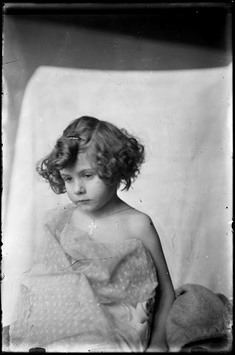

When two or more visual artists meet, what do they talk about? Well, about galleries, about art managers, about art prices, about who sells and who don’t, about subsidies and about who get them. What do they don’t talk about? About critic’s opinions, by the way, who cares about critics nowadays? About trends or movements in art, about content, or the symbolic value of works of art, about technical solutions and experiments. To make it short: today meaning or value are not spoken of, talk about prices dominates everythin
Not very long ago, let say until thirty or thirty something years ago artists still talked about politic engagement, about ethical commitment, about formal research consequent withcontent, about symbolic references, about theWhy?
ontological character of the work of art and about the role of the artist in society. In these discussions, the ones that are held today and those in the near past, the photography, of recent arrival to the beaux-arts, participated actively arising discussion subjects and proposing answers that have changed depending on their context. It is so that until the seventies photography was a mean which most relevant quality was its accessibility, given that from a negative many copies could be made (and still can) that, with a little bit of care, are all identical. In this way photography answered to questions relatives to exclusion-inclusion, to the social commitment of the artist, to the desire to integrate the images with the historical events and with everyday live. At the same time the thoughts about the course of history, the society and the anxieties, introspections, and hopes from individuals, were amalgamated by the artist’s personal view and shared and exposed for all to see.
Photography allowed herself to be seduced by the other visual arts. It established norms to get admission and to place itself in their territory. Sincethen photography behaves in a way that let it inhabit there but that contradicts their original vocation. An example, among others, is the notion of “unique work of art” artificially forced upon photography that automatically places them in a price scale several times higher than that of works massively reproduced. This makes them beyond the reach of the majority of people. This notion is artificial to photography because in photography there is no the difference among original and copy that we find in painting. In all the visual arts the copy is always a product of inferior quality. The exceptions are engravings and photography. Precisely, because here there is not a unique “original”. By introducing this concept the work of art is subtracted form public domain and makes that its possession becomes an essential quality of it, modifying their original sense
To be sure, we are not claiming that only many times reproduced works of art keep their original force. There are many unique masterpieces that never loose their value. Noticeably, it happens with pieces that are in the public domain. Anybody can buy copies of them but nobody can acquire the originals. In most of cases the originals are in museums or
other public or private places, accessibles to everybody and out of commercial circuits.
